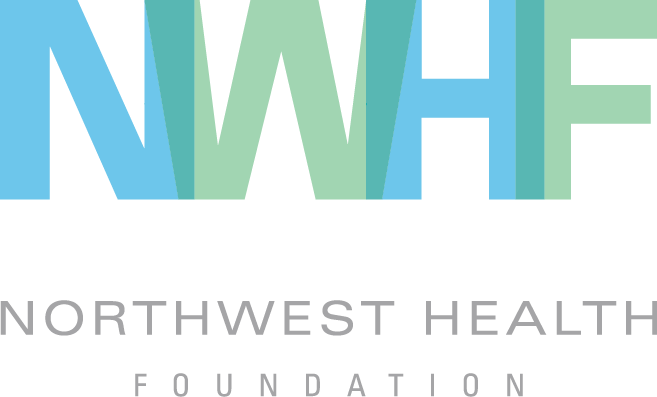Community Alliance of Tenants Declares a Renter State of Emergency
/Supporters at the September 15th Renter State of Emergency press conference.
Northwest Health Foundation applauds Community Alliance of Tenants (CAT) for declaring a Renter State of Emergency in Oregon, and in particular the Portland metro area.
Too many Oregonians have been unfairly evicted or forced to move due to drastic rent increases. Everyone deserves a safe, stable and affordable place to live, but right now, that isn't possible for hundreds of families and individuals.
CAT has called for a moratorium or suspension of no-cause terminations for one year, and a longer notice period for rent increases over 5%. "30-days’ notice is not enough, either to move quickly or absorb a shocking rent increase, especially in today’s disaster-like housing crisis."
NWHF staff pose with the Renter State of Emergency placard.
As part of the campaign, CAT is collecting renter SOS stories on a Tumblr account. They also invite supporters to use the hashtags #rentersos and #RenterStateofEmergency on social media and/or take a photo with a Renter State of Emergency placard.
How can you help? Share your renter SOS story here. Donate to the campaign here. Download the placard here. Or, if you're a landlord, sign the Landlord Pledge here.
NWHF supports the Renter State of Emergency campaign. In addition, NWHF has funded CAT through Sponsorships and the Kaiser Permanente Community Fund at Northwest Health Foundation.




